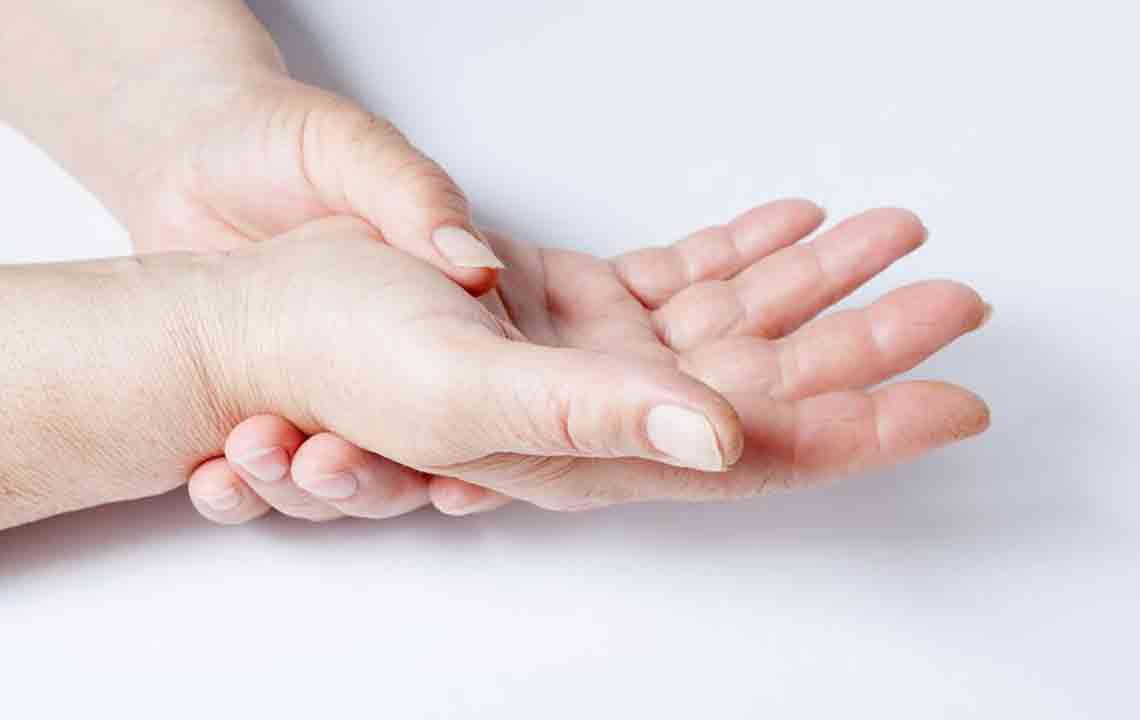Understanding Fibromyalgia: Causes, Symptoms, and Impact
Fibromyalgia is a chronic disorder characterized by widespread pain, fatigue, and sleep issues, mostly affecting women. Its causes involve the central nervous system's abnormal pain processing, with tender points present on specific body areas. Affecting about 2.7% globally, fibromyalgia impacts daily life significantly. Early diagnosis and management are crucial for improving quality of life. Understanding its symptoms and affected populations can aid in better treatment approaches.

Understanding Fibromyalgia: Causes, Symptoms, and Impact
Fibromyalgia, formerly called Fibrositis, is a long-term condition marked by widespread musculoskeletal pain along with symptoms such as exhaustion, sleep problems, headaches, and memory issues. The disorder stems from abnormalities in the central nervous system's ability to detect and process pain, leading to heightened pain sensations. Disruptions in the HPA axis also contribute to sleep difficulties. The peripheral nervous system might also be involved in the condition.
Globally, about 2.7% of the population suffer from fibromyalgia. Women are disproportionately affected, with a female-to-male ratio of approximately 3:1.
While anyone can develop fibromyalgia at any age, it is most frequently diagnosed in middle-aged women. According to the CDC, each patient incurs around $9,573 annually in healthcare costs. It ranks as the second most common rheumatic disorder after osteoarthritis, significantly impacting daily life, work, and relationships. Studies indicate that 35% of sufferers struggle with daily activities.
Fibromyalgia presents as widespread pain in muscles and joints, often accompanied by mood swings, memory problems, sleep disturbances, and fatigue. It appears to increase pain perception by altering brain responses to pain signals.
Patients often have tender points—specific areas of increased sensitivity around joints that are painful upon pressure. There are 18 such points (nine pairs), usually located under the skin around the shoulders, elbows, hips, knees, back, chest, and neck. These points are small, about the size of a penny, and become painful when pressed.
Who is Most at Risk?
Research indicates that fibromyalgia predominantly affects women, with up to 90% of cases being female. Hormonal factors may explain this gender disparity. Although men and children can develop the condition, women are far more likely to be diagnosed. According to the National Institute of Arthritis and Musculoskeletal and Skin Diseases, roughly 2% of Americans, about five million people, have fibromyalgia, and only 10% are men. It is more common during middle age and beyond.
Important Note:
The information provided regarding symptoms, treatments, and health conditions is meant for educational purposes only. It should not be considered medical advice. Always consult a healthcare professional for diagnosis and treatment options.










